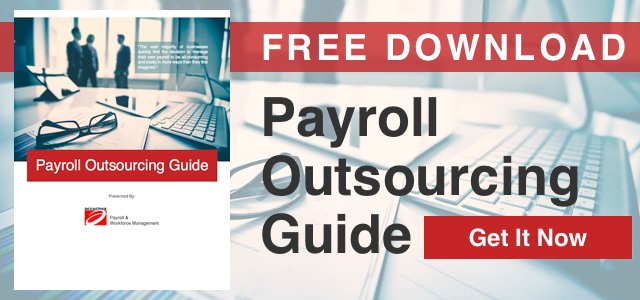As an employer, do you know how to deal with constructive discharge under California labor laws?

This post was originally published on September 23, 2015.
California is an at-will employment state, meaning an employee can be terminated at any time, with or
without cause. Yet, many employers are surprised when an employee resigns, but then sues them for wrongful termination.
How can an employee resign, and then act like he or she was fired? Under California labor laws this is known as constructive discharge. And, in some cases, CA labor law backs up their claims.
What is constructive discharge?
In the Turner v. Anheuser-Busch decision of 1994, the California Supreme Court states that constructive discharge "occurs when the employer's conduct effectively forces an employee to resign."
The decision further defined an objective test to determine if an employee has resigned due to intolerable conditions. The question CA labor law experts strive to answer in constructive discharge cases is whether a reasonable person, faced with intolerable employer actions or conditions of employment, would have had no alternative except to resign.
More recently, in May of 2016, the U.S. Supreme Court established that the start date of a worker's constructive discharge claim is tied to the date the employee resigns, not from the date of the last alleged act of discrimination they claim occurred.
This was both a legal benchmark that clarifies the issue for both employers and workers in litigating such claims, and an overturning of previous rulings by lower courts.
In a seven-justice majority, the Supreme Court ruled that the timing for a constructive discharge claim begins when an employee tenders their resignation. This is is true regardless of when the employer may have created an environment where the employee felt compelled to resign.
Greater Clarification Regarding Constructive Discharge Timelines
According to an article in Law360.com, Douglas D. Haloftis of Barnes & Thornburg LLP noted that the standard of constructive discharge remains the same, but the ruling allows both plaintiffs and employers with clarity around how much time employees have to file a claim, and employers have to deal with the risks of such claims.
The ruling reversed two prior court decisions. In disputing the employee's claim in this case, the employer argued that the charge was untimely since the claim was filed 96 days after the last alleged act of discrimination.
Both the district court and the 10th U.S. Circuit Court of Appeals agreed. The Circuit Court ruled that the limitations period for a constructive discharge claim begins after the employer’s last discriminatory act. The U.S. Supreme Court, however, disagreed.
How do employees prove constructive discharge under CA Labor Laws?
To prove constructive termination under CA labor law, a former employee must prove two things to the court:
- The work conditions were unusually intolerable and would make a reasonable employee feel compelled to resign.
- The employer either intended to force the employee to quit, or had knowledge of the conditions, and did nothing about it.
The court established a stringent test for employees to prove an allegation of constructive discharge.
First, the court recognizes that an employer is not obligated to remove all stresses from the job, and second, the court requires that the employee prove their resignation was a decision a reasonable person would take under those circumstances.
Therefore, an employee who cannot tolerate reasonable stresses or situations on the job will not have a case under CA labor laws.
Also, if the employer did not know about the situation, the courts would not deem the situation one of constructive discharge. Prior to submitting his or her resignation, the employee must have given the employer a reasonable opportunity to remedy the situation. If the employer did not take action, and then the employee quit, it may be a case of constructive termination under CA labor laws.
What can an employer do?
When a former employee comes back with a charge of constructive discharge, it is very important for employers to get their HR department and legal counsel involved. These two entities are very well versed in the California labor laws and will be able to review all facts pertaining to the specific situation and advise on the best approach going forward.
In addition, employers and their HR staff can implement processes to minimize the likelihood of a constructive discharge claim, such as:
- Implement and regularly enforce updated Anti-Harassment and Anti-Discrimination policies.
- Promptly investigate harassment and discrimination complaints.
- Require your managers and supervisors to maintain an "open door" policy for employees.
- Routinely conduct "exit interviews" with departing employees, preferably with non-managers.
While these steps cannot guarantee that a disgruntled employee will not file a complaint, they will greatly reduce the likelihood of having disgruntled employees in the first place.



